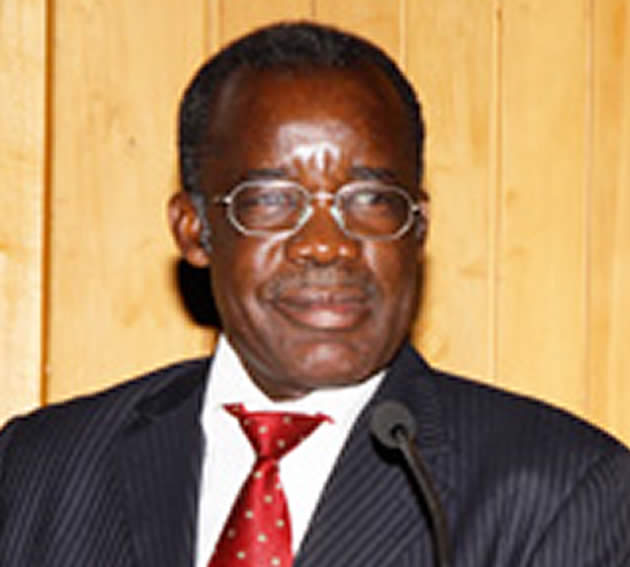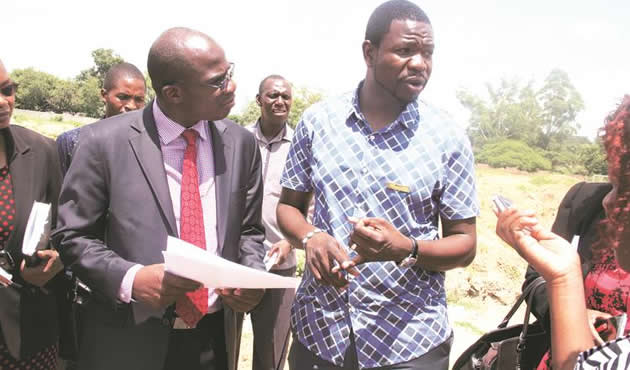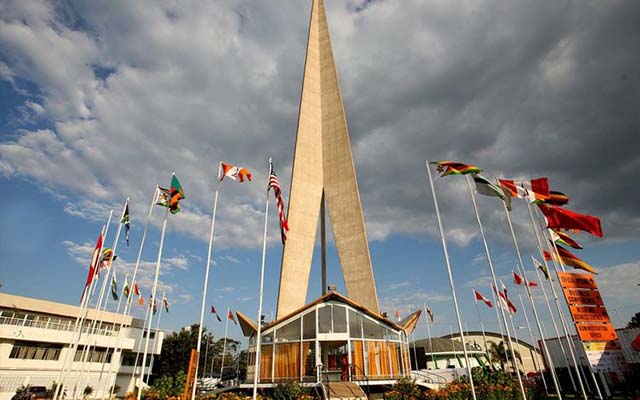Govt sets lower mining fees

Business Reporters
GOVERNMENT has introduced a new fee structure in the mining sector which seeks to encourage investment while at the same time interrogating the idea of standardising mining fees paid by miners to various Government agencies and Rural District Councils countrywide to ensure uniformity and ease of management.
The move comes amid concerns by the mining sector that Zimbabwe had a higher fees structure compared to those obtaining in the region.
The new structure has around 200 well-defined entries which also contain export permit fees for different minerals.
Mines and Mining Development Permanent Secretary
Francis Gudyanga last week said the new fees, which were gazetted last month were lower than the previous regime.
“There is going to be reduction in mining fees. The proposed fees have already been gazetted and there are about 200 entries,” said Professor Gudyanga.
Under the new structure, a custom milling licence costs $5 000 per year from $8 000. An application for an Exclusive Prospecting Order is $2 000 (non-refundable), the same price as an application for a mining lease and a transfer of a mining lease.
Some of the fees on the old structure were charged per mining district.
“It is hereby notified that the Minister of Mines and Mining Development has in terms of Section 403 of the Mines and Minerals Act made regulations. The regulations may be cited as the Mining (General Amendment) Regulations, 2016 (Number 19).
“The Mining General Regulations 1977 published in Rhodesia Government Notice 247 of 1977 (hereinafter called “principal regulations”) are amended by the repeal of the second,” said the Mines and Mining Development in the recently published Government gazette.
Government last year announced that in order to encourage investment in prospecting and exploration activities, a further review of selected mining fees was necessary.
Deputy Minister Fred Moyo said the new fee structure were crafted after consultations from different stakeholders within the sector.
“We looked at broader macro-economic issues including commodity prices and eventually came up with a new fee structure.”
Zimbabwe Miners Federation chief executive Wellington Takavarasha welcomed the new structure saying this was in line with Zim-Asset, “which calls for light-handed policy application to eradicate poverty”.
Meanwhile Mines and Mining Development Minister Walter Chidhakwa told The Herald Business last week that a process of compiling all the fees that are payable to rural district councils by miners is underway.
“The officials from the ministry are compiling the fees payable to the various rural district councils. That will give us an indication of the disparities between the various local authorities,” said Minister Chidhakwa.
The rationalisation of mining related fees is in the context of the proposed new mining fiscal regime announced by the Minister of Finance and Economic Development Patrick Chinamasa in the 2016 National Budget statement.
A stakeholders’ consultation process, including inter-ministerial dialogue, will follow after the mines ministry concludes its research currently underway.
“Once the compilation is complete we will talk to the Ministry of Local Government, Public works and National Housing and the Ministry of Finance and Economic Development on the way forward,” Minister Chidhakwa said.
“Based on the findings of the research and discussions with other ministries we will then take a decision on whether to standardise the fees and also whether to come up with one collection centre. These are issues we will look into after the discussions currently underway,” he said.










Comments